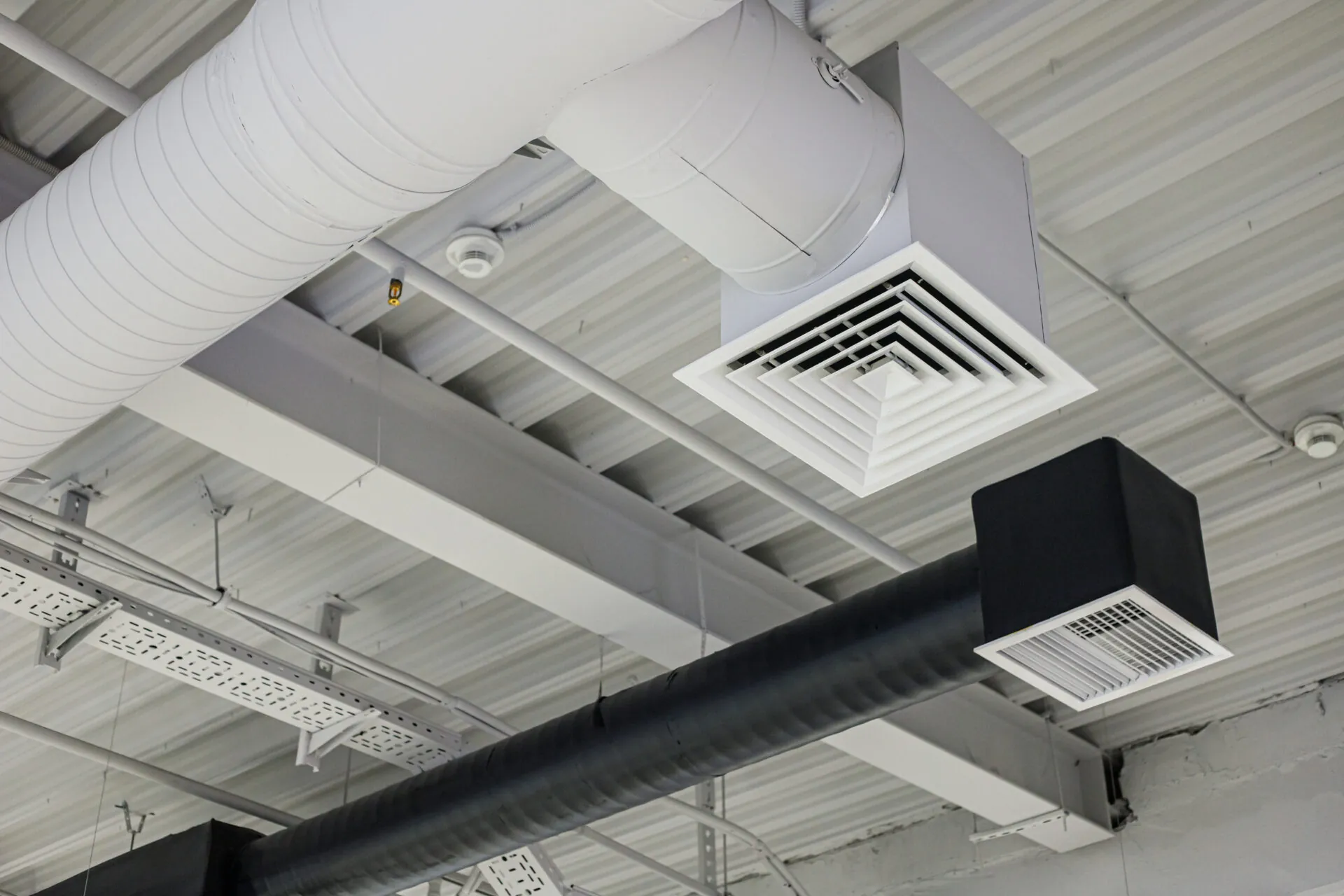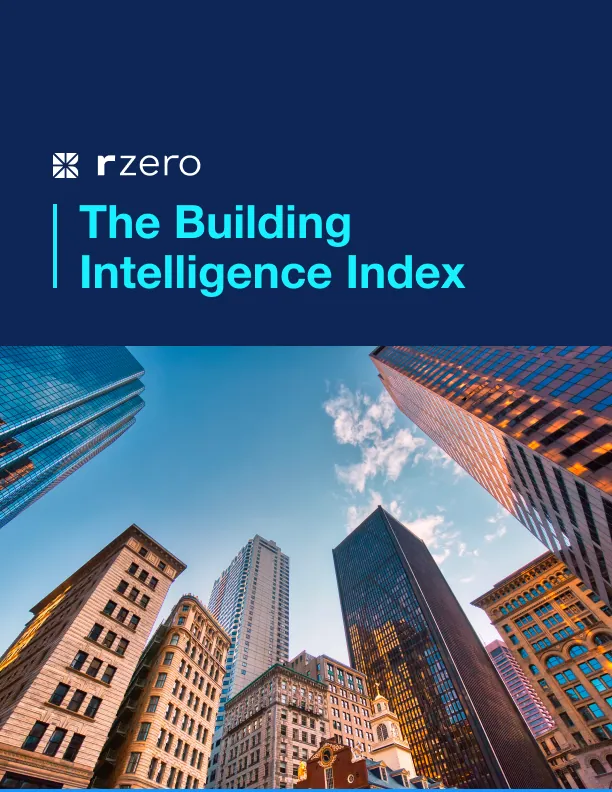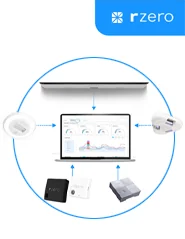
Smart Ventilation: How O-DCV Unlocks Energy Savings and Efficiency
In today’s commercial buildings, striking the perfect balance between energy efficiency, cost savings, and occupant comfort can feel like an impossible task. But innovative technologies like Occupancy-Based Demand Control Ventilation (O-DCV) are changing the game by aligning building operations with real-time occupancy patterns. Let’s dive into what O-DCV is, how it works, and why it’s critical for the future of building management.
What is O-DCV?
O-DCV takes traditional Demand Control Ventilation (DCV) a step further by integrating occupancy data into HVAC operations. Unlike conventional systems that adjust ventilation based on static schedules or CO₂ sensors alone, O-DCV dynamically matches ventilation rates to actual occupancy patterns in real time. This ensures that ventilation is provided only when and where it’s needed, improving both energy efficiency and indoor air quality.
How Does O-DCV Work?
At its core, O-DCV relies on three key steps:
Collecting Real-Time Occupancy Data
Sensors placed strategically throughout the building capture occupancy levels at the room, floor, or HVAC zone level. This data is then mapped to specific ventilation zones.
Integrating Data into HVAC Controls
Using a BACnet gateway or cloud integration, the occupancy data is fed into the building’s HVAC system, allowing for seamless adjustments to airflow and ventilation rates.
Matching Ventilation to Occupancy
The system dynamically adjusts ventilation to match real-time occupancy. For example, if a conference room designed for 20 people is only hosting 5 occupants, the system will reduce ventilation to align with the lower occupancy, saving energy without compromising air quality.
Why is O-DCV Important?
As operational costs rise, O-DCV offers a powerful solution to several challenges faced by commercial real estate operators:
Cost Savings: Beyond energy savings, O-DCV reduces wear and tear on HVAC equipment, decreasing maintenance and replacement costs over time.
Energy Efficiency: By reducing ventilation during unoccupied or underutilized periods, O-DCV can significantly lower energy consumption, leading to reduced utility costs.
Improved Indoor Air Quality: Ventilation is targeted and responsive, ensuring spaces are adequately ventilated when occupied, which enhances occupant comfort and productivity.
Adopt O-DCV with R-Zero
At R-Zero, we’re making it easier for building operators to adopt O-DCV through our Efficiency-as-a-Service (EaaS) model. This approach eliminates upfront costs by deploying sensors and controls at no charge, with R-Zero earning a portion of the verified energy savings. Our platform also provides detailed utilization and energy data, offering valuable insights for optimizing building performance further.
To learn more about how R-Zero’s O-DCV technology and EaaS model can help your building achieve its goals, contact us today.
More posts you might like
-

How to Pilot SecureAire Filters
A Step-by-Step Guide for Facilities Teams Cut HVAC energy use, extend filter life, and improve indoor air quality—without disrupting operations. Piloting R-Zero’s SecureAire filters is a smart move for facilities teams seeking to enhance HVAC performance and air quality while achieving energy savings. This guide walks you through how to plan and execute a data-driven […]
-

Smarter ventilation, lower cost: a guide to reducing HVAC energy without disruption
This guide is for energy leads and operations teams evaluating R-Zero. It outlines how our platform delivers measurable HVAC energy savings—not through expensive capital upgrades or disruptive equipment replacements, but by intelligently reducing airflow where it’s not needed and improving the efficiency of air movement through smarter filtration. Static schedules vs CO₂ vs occupancy-driven control […]
-

The Energy Efficiency FAQ: Clear Answers to Common Questions About Smarter Buildings
When people first learn about R-Zero’s platform, they often have smart, valid questions, and a few common concerns. Some are based on past experiences with other systems. Others come from how building operations used to work. This FAQ is here to give you clear, straightforward answers. Just helpful context on how R-Zero fits into your […]

